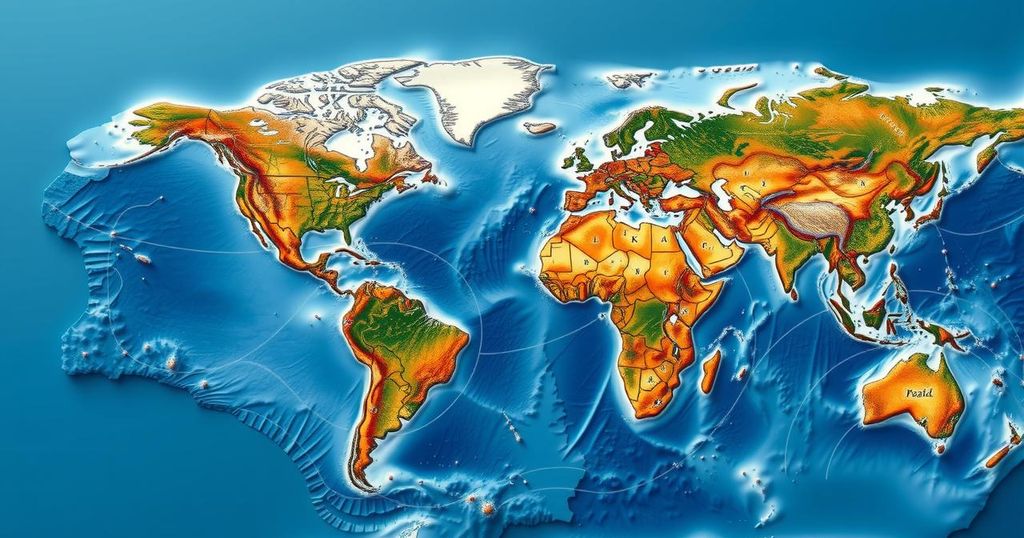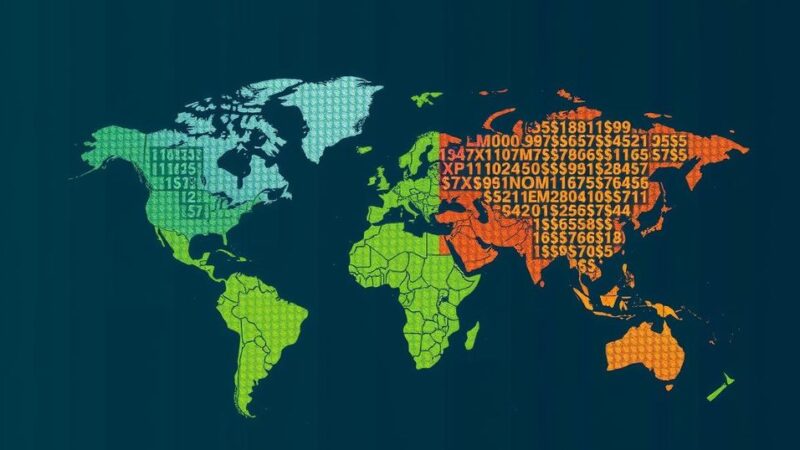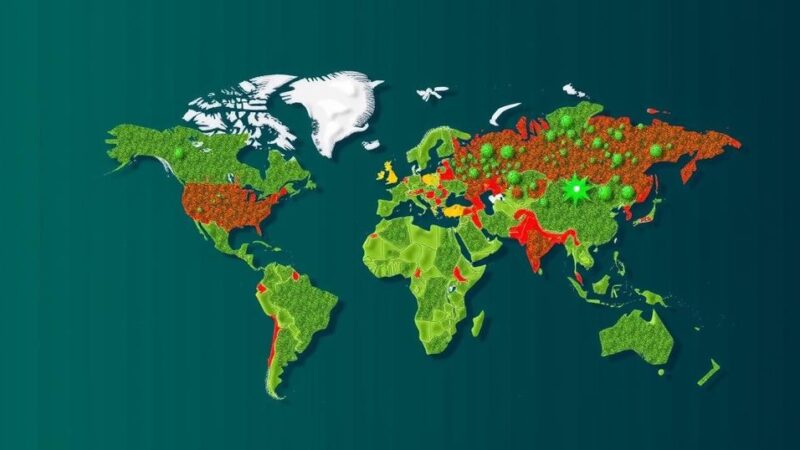This article outlines the development of plate tectonics, focusing on the concept of continental drift proposed by Alfred Wegener, which asserts that continents were once conjoined and later separated. It discusses geological evidence from Paleozoic sedimentary formations, paleomagnetism, and features identified in ocean basins, emphasizing the paradigm shift from skepticism to acceptance in the geological community during the late 20th century.
The study of plate tectonics fundamentally encompasses the movement of Earth’s lithosphere, revealing the dynamic nature of our planet’s surface. Notably, the concept of continental drift, initially proposed by Alfred Wegener, posits that continents were once aggregated into a single landmass known as Pangea, which subsequently fragmented and drifted apart. The geological evidence supporting this hypothesis includes matching Paleozoic sedimentary sequences found on various southern continents, which indicate past climatic and environmental conditions consistent with their configurations during the periods of glaciation.
Research carried out in the mid-20th century witnessed significant advancements in understanding the geological structures of the ocean basins, thanks to the contributions of geologists and oceanographers alike. The analysis revealed distinctive features: ocean ridges, often situated at elevations above the seafloor; oceanic trenches, which are deep, narrow depressions; and transform faults that cause earthquakes along the faults. Paleomagnetic studies provided further insights into past continent movements, demonstrating how the magnetic orientation in rocks correlates with the shifting positions of the continents over geological time.
It should be noted that despite initial skepticism, by the 1960s, the accumulation of supporting evidence led to a paradigm shift in geological sciences, transitioning from the rejection of Wegener’s ideas to a more holistic acceptance and refinement of plate tectonic theory, thereby facilitating a deeper understanding of Earth’s geological processes. Advances in paleomagnetism and oceanography continue to affirm the interactions at tectonic plate boundaries and enrich the dialogue surrounding continental drift, subduction, and seismic activity.
The theory of plate tectonics arose from early geological observations, most notably through Alfred Wegener’s proposition of continental drift, which was formulated in the early 20th century. Wegener’s theory suggested that continents were not static, but rather moved over geological time, reshaping the Earth’s surface. Following decades of skepticism, advancements in paleomagnetism, as well as extensive geological and oceanographic mapping post-World War II, provided strong empirical evidence that revitalized interest in the theory. Today, plate tectonics serves as a comprehensive framework explaining various geological phenomena, including earthquakes and the formation of mountain ranges through tectonic interactions.
In summary, the evolution of the theory of plate tectonics marks a critical moment in the field of geology, transitioning from initial opposition to robust scientific acceptance. The geological evidence gathered over decades supports the theory that continents have drifted apart from a cohesive state, revealing a complex interplay of geological forces. Paleomagnetic studies and oceanographic explorations have greatly contributed to our understanding of tectonic processes, cementing the importance of plate tectonics in explaining Earth’s dynamic nature. As a result, the scientific community continues to investigate the implications of these continental movements for future geological activity.
Original Source: www.britannica.com






